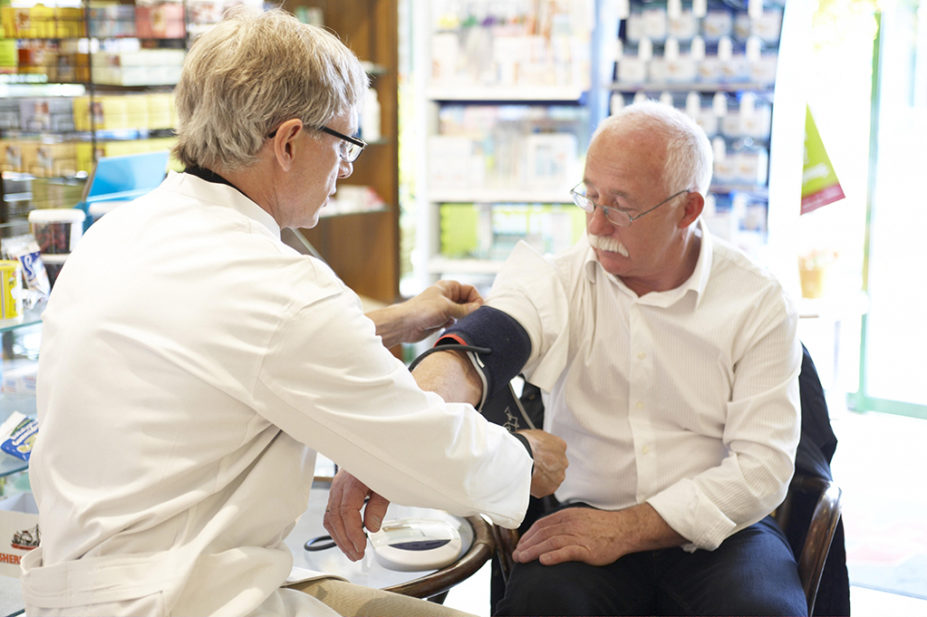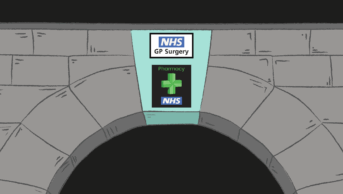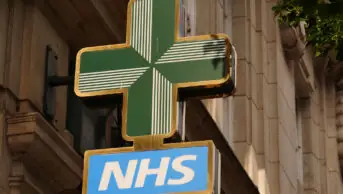
mauritius images GmbH / Alamy Stock Photo
NHS England data suggest that a third of patients screened by community pharmacies may have high or very high blood pressure.
The figures, published on 1 December 2022 from the evaluation of a pilot service that commenced in December 2020 across several primary care networks in England, showed that 114 patients — amounting to a third of those screened in the evaluation — had high blood pressure.
Of those, 40 patients were provided with ambulatory blood pressure monitoring (ABPM), following a high reading in the pharmacy, and a third of those still had a high reading following ABPM (n=12).
The NHS Blood Pressure Check Service, as it is known by the general public, was launched as an advanced pharmacy service in England on 1 October 2021.
Under the service, pharmacists can offer blood pressure checks to people aged 40 years or over, who do not have a current diagnosis of hypertension, and people aged under 40 years who request a check because of a family history of hypertension. They can also offer ABPM if a GP requests it.
People aged between 35 and 39 years may also be offered a check at the pharmacist’s discretion.
As of August 2022, according to data from the NHS Business Services Authority, community pharmacies providing the service had carried out 395,975 blood pressure checks and offered ABPM to 18,008 patients.
NHS England has listed the service under a range of ‘high-impact interventions’ to reach patients who may not attend general practice, and says that pharmacies could carry out 2.5 million blood pressure checks in 2023/2024.
It also reveals that the service could save £14 per patient for NHS and local authorities, based on a 20% improvement in management of hypertension to a 140/90mmHg target, over five years.
Leyla Hannbeck, chief executive of the Association of Independent Multiple Pharmacies, said that the new service showed the potential of community pharmacy if it was funded properly.
“Community pharmacies have demonstrated time and time again that they can be a solution to the NHS; the evidence is there, but with years of underfunding, workforce pressures and higher medicines costs, many are struggling to keep their heads above the water,” she said.
“We need urgent help. The government has already seen what community pharmacy can achieve for the NHS and patient care, so why not support it?”


